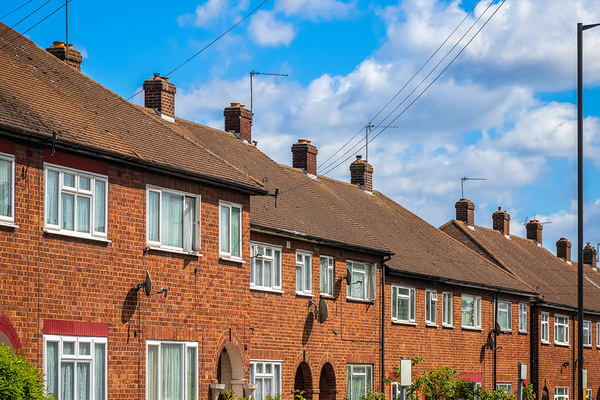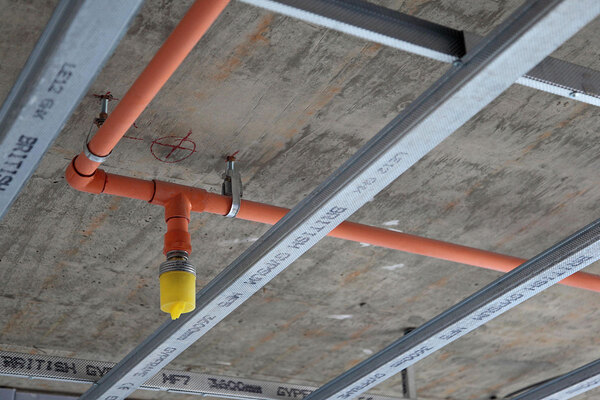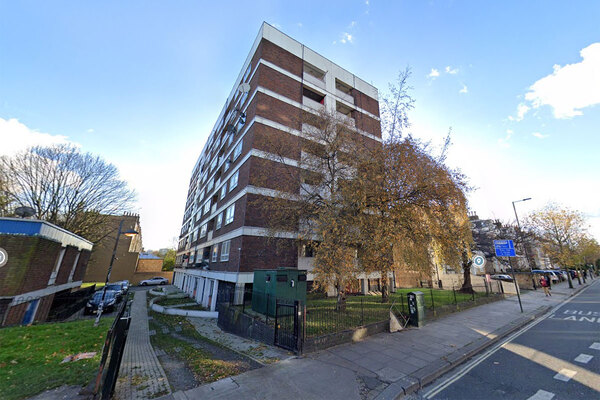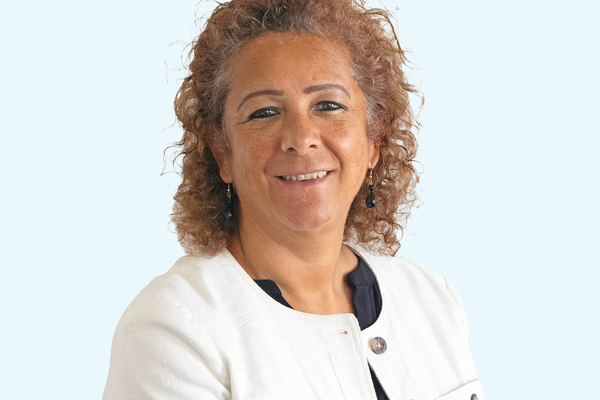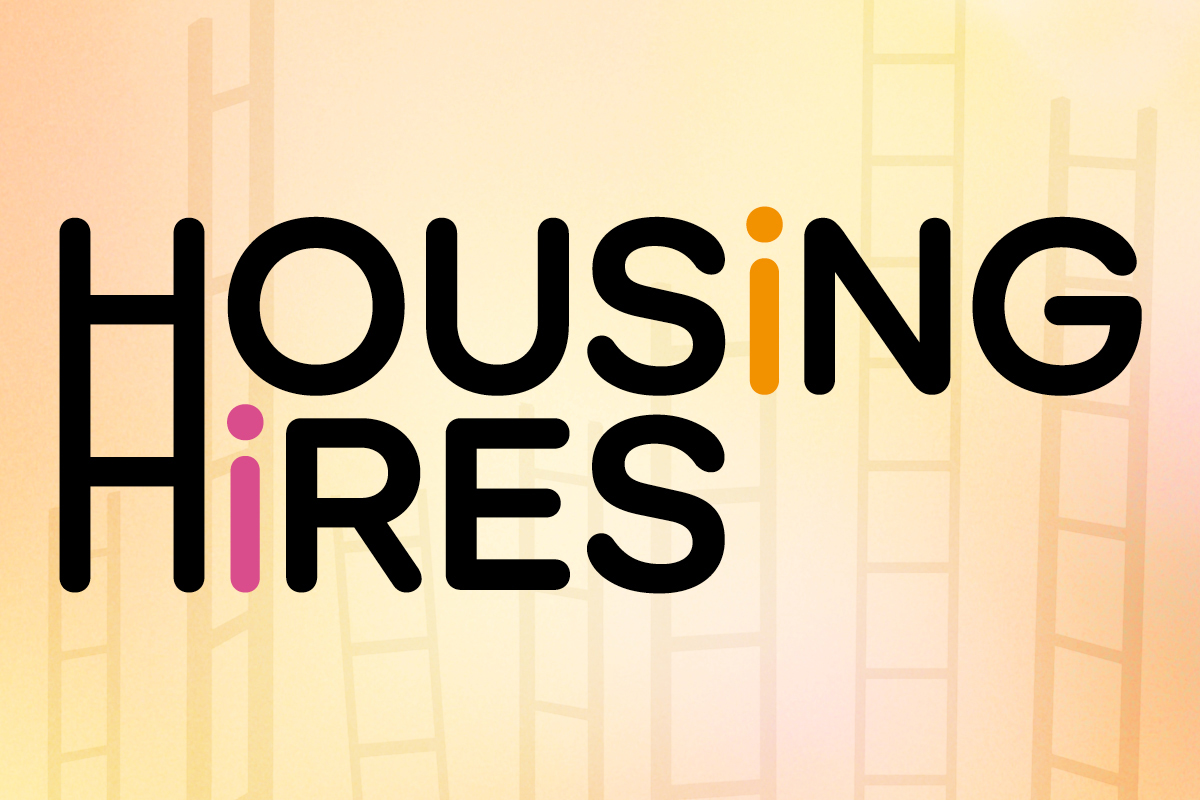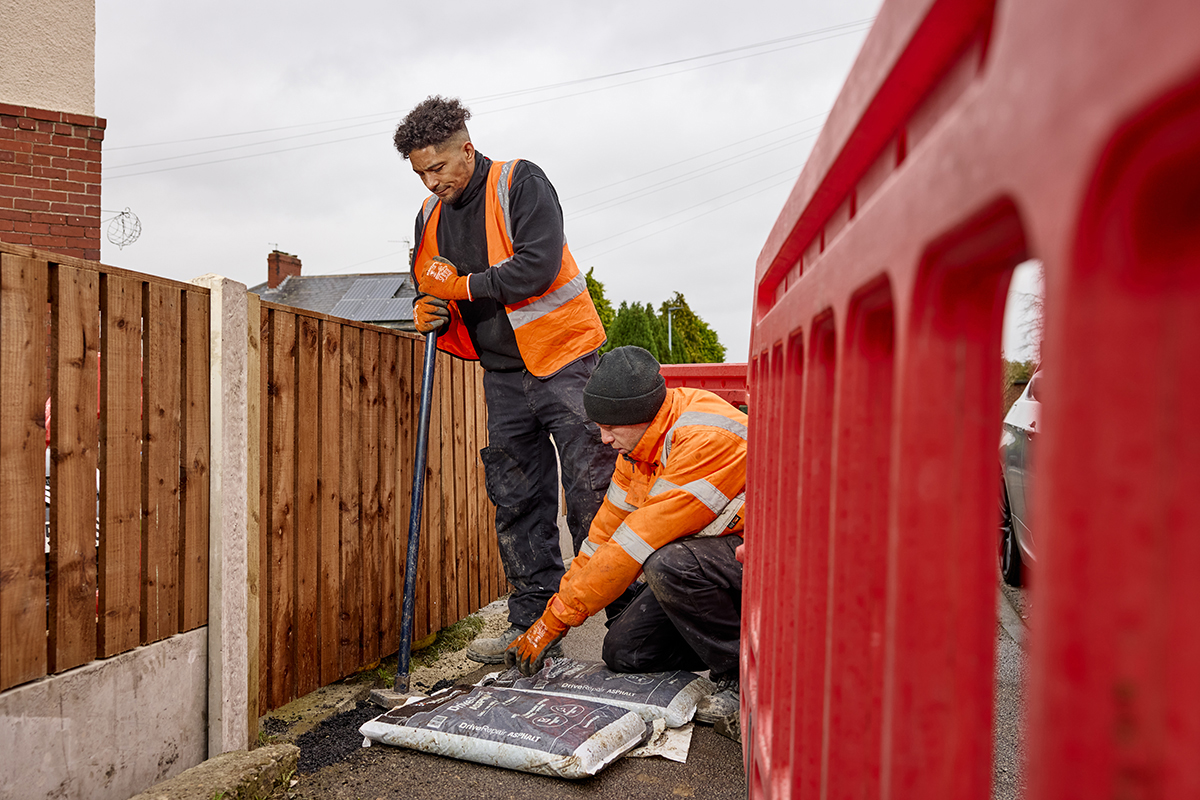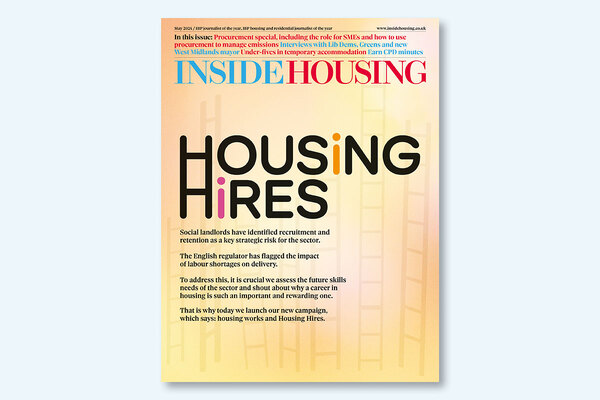 Fayann Simpson
Fayann SimpsonFayann Simpson is a board member at Sustainability for Housing and chair of L&Q’s resident services board
ESG reporting can bring real power to housing association tenants
Environmental, social and governance (ESG) reporting is seen as a tool to attract investors to social housing. But, Fayann Simpson argues, a key audience for these reports should be tenants
Residents’ combined frustrations over building safety and disrepair have seriously damaged trust in the social housing sector and the relationship between tenants and landlords has, at times, been difficult to navigate. Housing associations face the competing challenges of building safety, the quality of existing homes, the need for new homes and achieving net zero, whilst residents are affected by the cost-of-living crisis.
Instead of treating these as separate issues, housing associations should seek to improve relations with tenants by being open with them about how net-zero work will affect them, and work with residents to shape solutions that work. A key way landlords can do this is by approaching their environmental, social and governance (ESG) reporting with residents in mind.
Communicating ESG
To many residents, ESG may feel like an opaque acronym reserved for the financial sector, or more corporate jargon. However, if communicated effectively, social landlords should be able to present this movement in a way that is meaningful to tenants – promoting transparency and accountability, while driving change and improvement.
Firstly, landlords shouldn’t be making assumptions about what residents do or don’t know. One of our resident board members set up an environmental charity, several L&Q residents have created award-winning green spaces, whilst some young residents have worked with L&Q to introduce biodiversity improvements. Climate change isn’t alien to residents and resonates across age groups.
Secondly, landlords across the country are aiming to improve the energy efficiency of their existing homes – a vital element of the sector’s efforts to decarbonise. Doing so will be disruptive for tenants, but it will also lead to better, healthier and warmer homes – and cheaper bills. This is the part that matters to tenants, so landlords cannot lose sight of this when starting decarbonisation work. Housing associations must work with residents to ensure that solutions work for residents, does not have unintended consequences and disruption is minimised.
“Retrofits will be disruptive for tenants, but it will also lead to better, healthier and warmer homes – and cheaper bills. This is the part that matters to tenants, so landlords cannot lose sight of this when starting decarbonisation work”
A 2021 report from the Chartered Institute of Housing (CIH) and Orbit highlighted the extent to which residents are affected by these issues. It found that 54% of customers spend more than 10% of their take-home income on energy bills – a figure that will undoubtedly soar, given the current energy crisis. A further 58% were keen to hear about ways to save money on their utility bills. Connecting these concerns with landlords’ ESG work will be crucial.
How the SRS can help
Sustainability for Housing, on whose board I sit, recently published its One year in, the story so far report, looking at a year of ESG reporting in the sector. This document provides a useful insight into how ESG reporting can be communicated to residents.
For example, one of the criteria in the Sustainability Reporting Standard (SRS) asks how the housing association is trying to reduce the effect of fuel poverty on its residents. The responses we got revealed a variety of ways in which landlords are working with tenants, but this needs to be communicated beyond an ESG report. Doing so can help residents understand the good work housing associations are doing behind the scenes.
The SRS aims to track landlords’ progress on things like decarbonisation and workforce diversity. But we are determined that annual ESG reports do not become yet another stale, inaccessible document that holds no interest for tenants.
Instead, we urge SRS adopters to think about the end user. Yes, the reports are helpful in attracting investors who are looking for ESG opportunities, but tenants must also be seen as a key audience.
Take that one a step further – bring residents on board at the start of the ESG process, so that they can help shape your priorities and reporting.
There is a groundswell of interest from residents about what their landlords are doing to combat the climate emergency. Residents I have spoken to expect their landlord to have a plan to address the climate crisis by bringing down emissions. Residents are not passive in this. There are some incredible environmentally focused, resident-led projects happening around the country.
“ESG reporting should not be seen as a tick-box exercise. Going above and beyond to connect with residents can prevent this”
In particular, I see sustainability reporting as an effective way to connect with younger residents – something many organisations have struggled to do. Developments such as tenant climate juries are a great place to start, but this attitude needs to be applied sector-wide.
Of course, communicating simultaneously with potential investors and residents can be a challenge, but there is an opportunity there, too. If housing associations manage to link the technical language related to ESG reporting with the real-world impact on residents, then both groups will be satisfied. The sector has a good story to tell and the biggest success of the sector is residents. Telling the shared story with residents on how we are fixing issues and finding solutions to future challenges is very powerful.
Co-creation at the fore
Seeking residents’ input when it comes to ESG reporting will benefit housing associations in two ways. Firstly, if landlords seek feedback and use it effectively, they can build trust among residents and improve outcomes for residents.
Secondly, investors will look favourably on housing associations that are demonstrating their commitment to tenants. ESG reporting should not be seen as a tick-box exercise. Going above and beyond to connect with residents can prevent this.
The sector’s reputational struggle will not be fixed overnight. Landlords cannot shy away from the difficult but necessary work required to make things right. At the same time, housing associations must think about how they can tackle the climate crisis while maintaining the support of tenants.
The sector should view these dual pressures as an opportunity to reset relations between tenant and landlord.
Fayann Simpson, board member at Sustainability for Housing and chair, L&Q resident services board
Sign up for our Week in Housing newsletter
Already have an account? Click here to manage your newsletters




